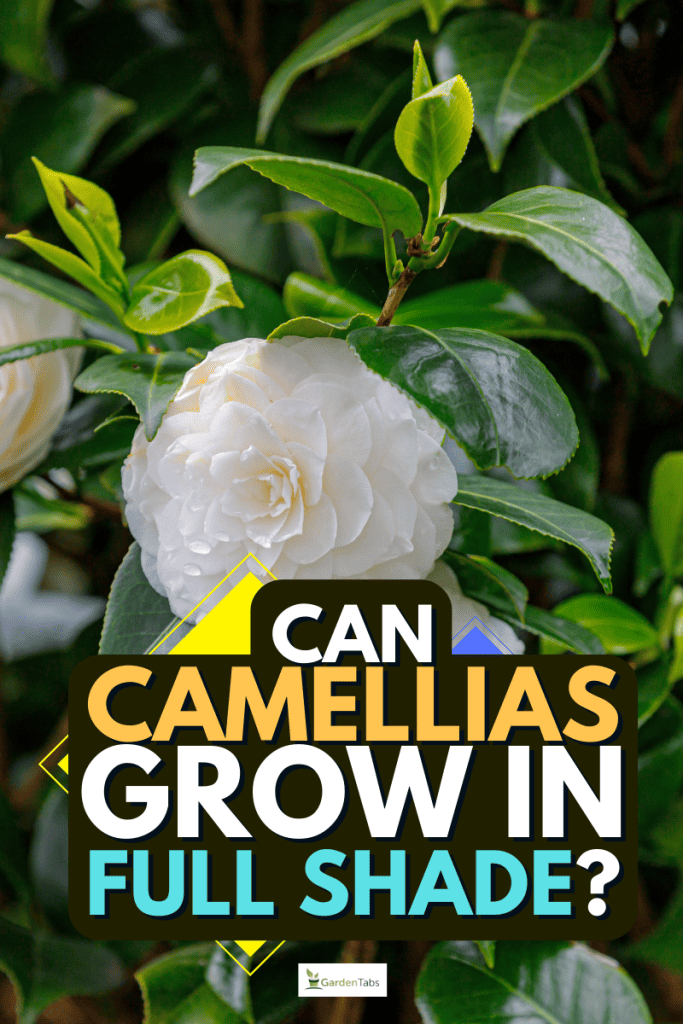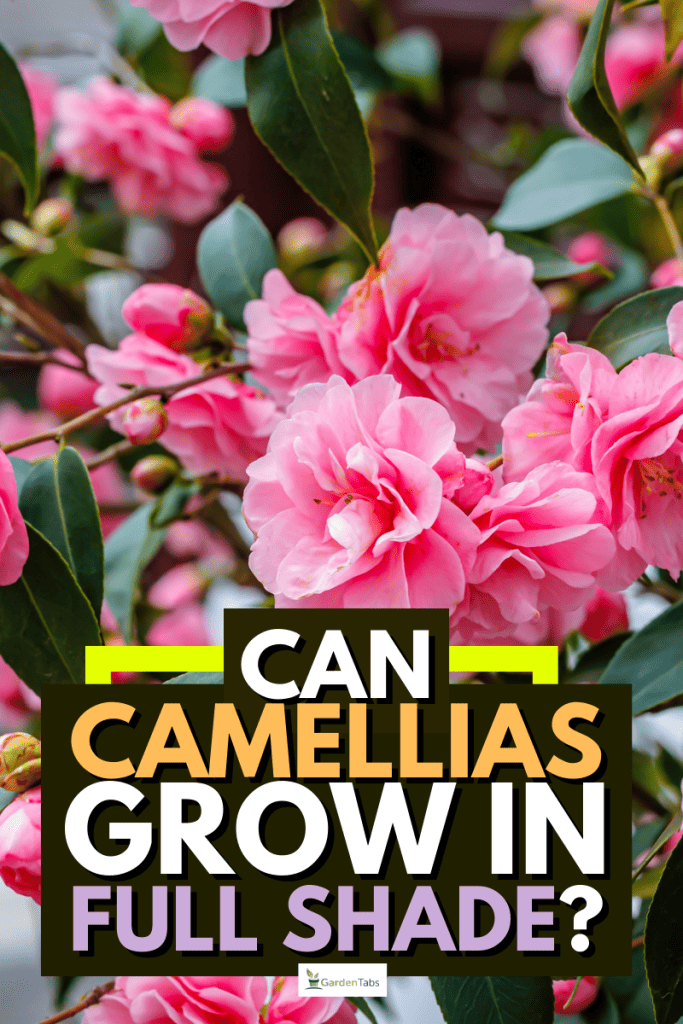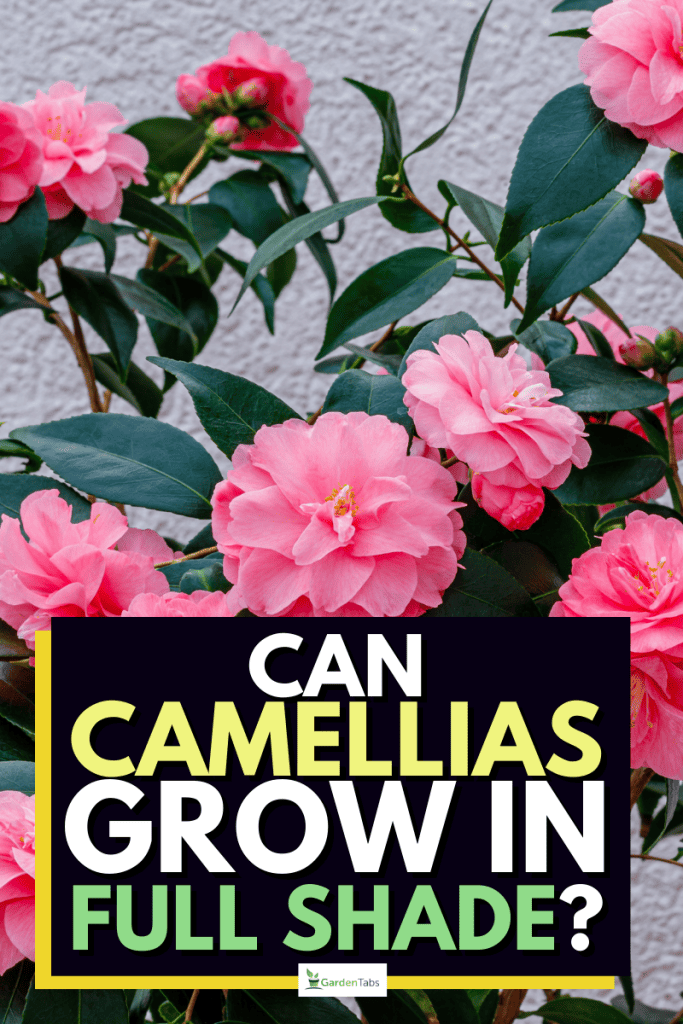Camellias are popular winter bloomers and can brighten even the gloomiest days. When you establish this plant in your garden, you should consider how much light or shade it will receive. We've scoured the internet and discovered the best answer to this question.
Camellias are shade-tolerant shrubs that thrive in very shaded areas. However, deep shadow prevents the plant from blooming well. It's best to sometimes expose your camellias to direct sunlight.
The stunning flowers that emerge in the winter are the most admirable feature of camellias. This article will discuss how often you should water your camellias, if you should prune them, and how often you should fertilize them. Keep reading to learn the answers to these questions.

How Much Shade Do My Camellias Require?

There are a stunning variety of colors, shapes, and sizes among the more than 3,000 identified types of camellias. Varieties of camellia have lustrous, deep-green leaves that reflect light.
Camellias thrive in areas that are shaded. These plants are lovely, shade-tolerant, evergreen shrubs with some of the showiest flowers of any hardy plant. They may have a more open growth habit in shaded areas, but deep shadow prevents the plants from blooming well.
As young plants, all camellias require some protection from intense afternoon sun. However, plants that don't get any sunlight will have trouble flowering.
It's best to have morning sun and afternoon shade. In direct sunlight, you should spread thick mulch around the plant to keep the roots cool.
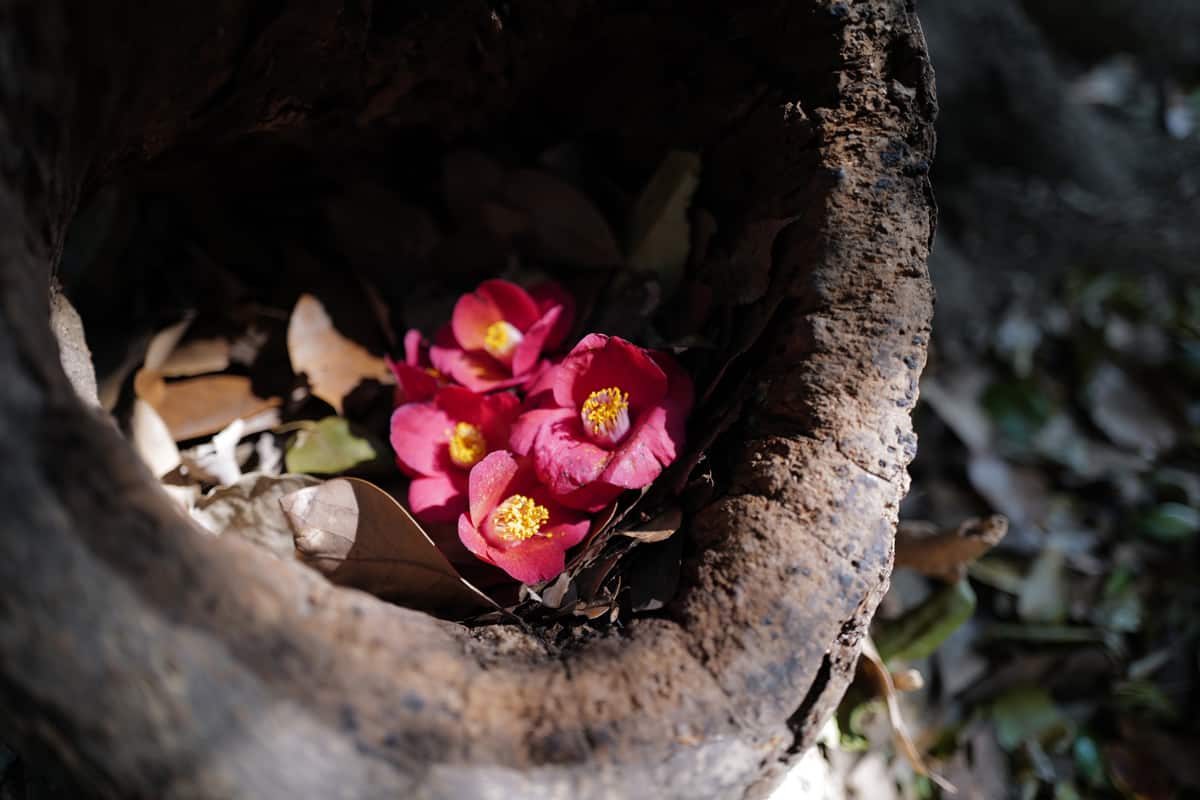
The plants will progressively tolerate more sun as they enlarge. Their dense canopy of leaves shadows and cools their roots. Although camellias can withstand chilly temperatures, you should still avoid cold winds.
Click here to see these Camellia Sinensis seeds on Amazon.
Do Camellias Need A Lot Of Water?
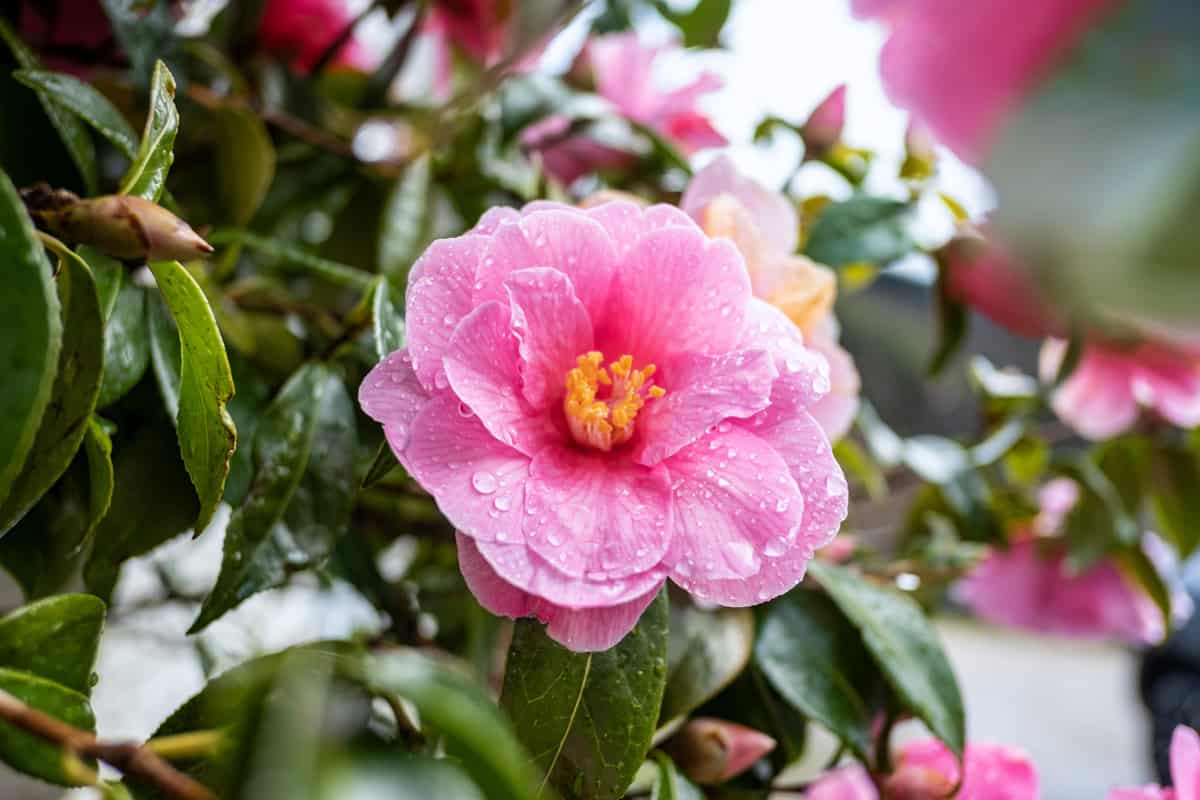
It might be challenging to determine when to water camellias because they are evergreens with glossy leaves. Weekly watering is recommended for newly planted camellias until the plant forms roots in the surrounding soil. Water them approximately half an inch below the surface.
Mature camellias can tolerate some drought and prolonged dry spells. However, if the soil feels dry two to three inches below the surface, you should water it. Ensure the soil is well-drained if you do water the plants.
Camellias are vulnerable to overwatering and can fall victim to root rot when kept in excessive moisture. Also, avoid planting camellias in a wet place because they dislike damp roots.
Should You Prune Camellias?
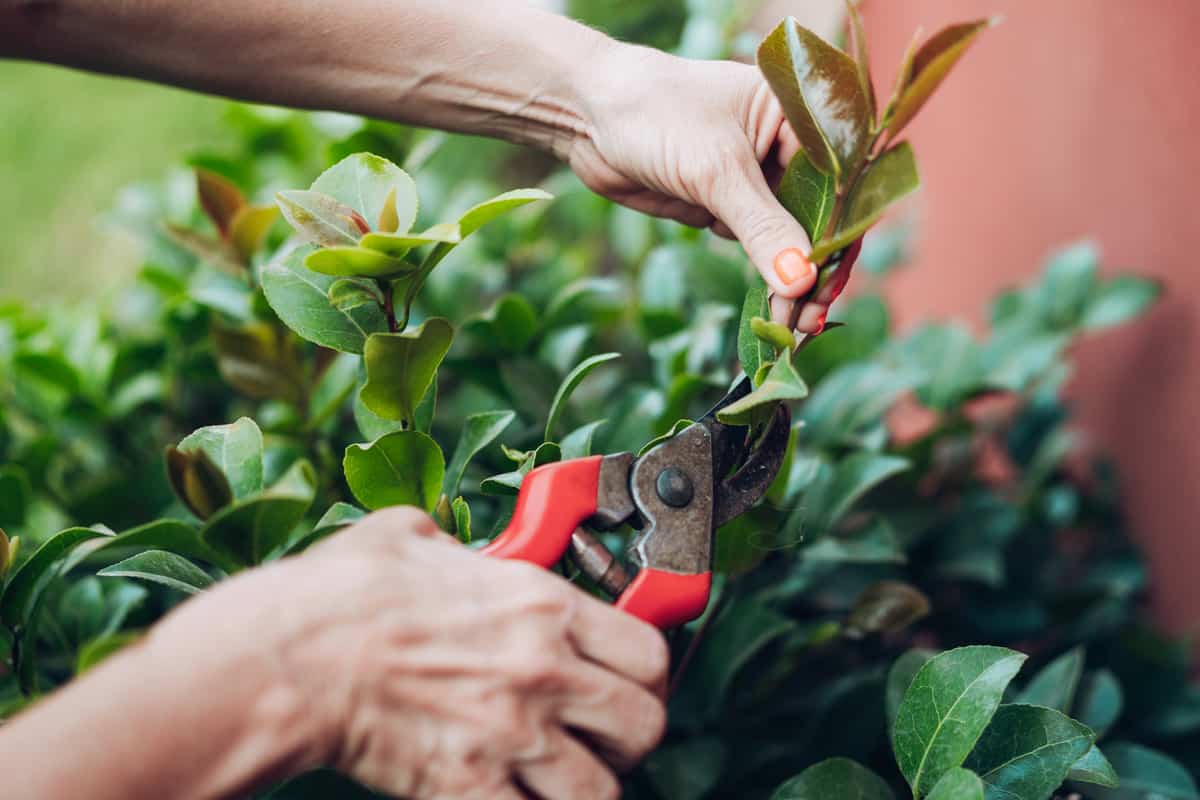
Pruning is not necessary for camellias to encourage flowering. However, the plant won't suffer if it has to be groomed or shaped. Plants that thrive in direct sunlight require more to keep their bushes compact.
If left unpruned, certain kinds can of camellias can reach heights of up to 16 feet. To maximize height and shape, prune as soon as possible after flowering if you have a restricted amount of room.
Camellias grown in pots also benefit from pruning because it keeps them tiny. Also, shade-loving plants are more likely to require pruning to remove branches from their centers for better air circulation and growth.
Pruning should be done by carefully eliminating the undesirable branches. To keep the camellia plant from becoming unattractive, deadhead the blossoms as soon as they start to turn brown. Remove any dead twigs or components that are touching or crossing.
To ensure you aren't exposing your camellia to any diseases, clean your pruning shears. Wipe the blades with a cleaning agent. Remember that the optimum time to perform hard pruning is in March, although it will take several years or more before they bloom nicely again.
How Often Should You Fertilize Camellias?
Since camellias are prone to burning, use caution when applying any fertilizer. Your camellias will only require fertilization once or twice a year. You should use fertilizer sparingly because plants growing in fertile soil don't need much.
Use a 12-4-12 fertilizer at the lowest suggested rate. Organic fertilizers are the best solution because they usually have lower nutrient concentrations and release their nutrients over a longer time.
Make sure to water your plant the day before fertilizing if you do so throughout the summer. Apply the fertilizer according to the label's suggested rate.
Avoid overfeeding the plants because they require minimal fertilizer in fertile soil. You should never feed sick or distressed plants.
Click here to see this Burpee organic granular plant food on Amazon.
The Best Time To Plant A Camellia

One of the best things about camellias is that if you plant the flower at the correct time and location, you can have lovely flowers with very little upkeep.
The optimum time to plant camellias is in the spring when they will have a long warm season to develop before winter. This lowers the possibility of cold damage on small or sensitive plants by giving the plant time to adapt before winter.
Camellias can be planted all winter long in more temperate climates.
Soil For Camellias
The soil must be somewhat acidic and well-drained for camellias. Camellias prefer soil with a pH between 5.5 and 6.5 that is slightly acidic. Higher pH ranges will stress plants and result in yellowing leaves.
Because camellias detest having their feet wet, it's also crucial to ensure the spot you choose has well-drained soil. Your plant will wither if the area is saturated with water. Also, building a raised garden bed is excellent if it is feasible.
You should plant camellias at least five feet away from a house, fence, or other plants because they are slow-growing trees that can get wide and tall. Plants in a sunny site require two or more inches of organic mulch to provide shade and retain moisture until the shrub fills out.
Your new plant has to be watered right away. Even though the soil is already damp, thorough deep watering is necessary at first. This aids in helping the plant "seat in." You may use a specific camellia fertilizer and adhere to the directions on the container.
Click here to see this Miracle-Gro Camellia plant food on Amazon.
Why Are My Camellia Leaves Going Yellow?
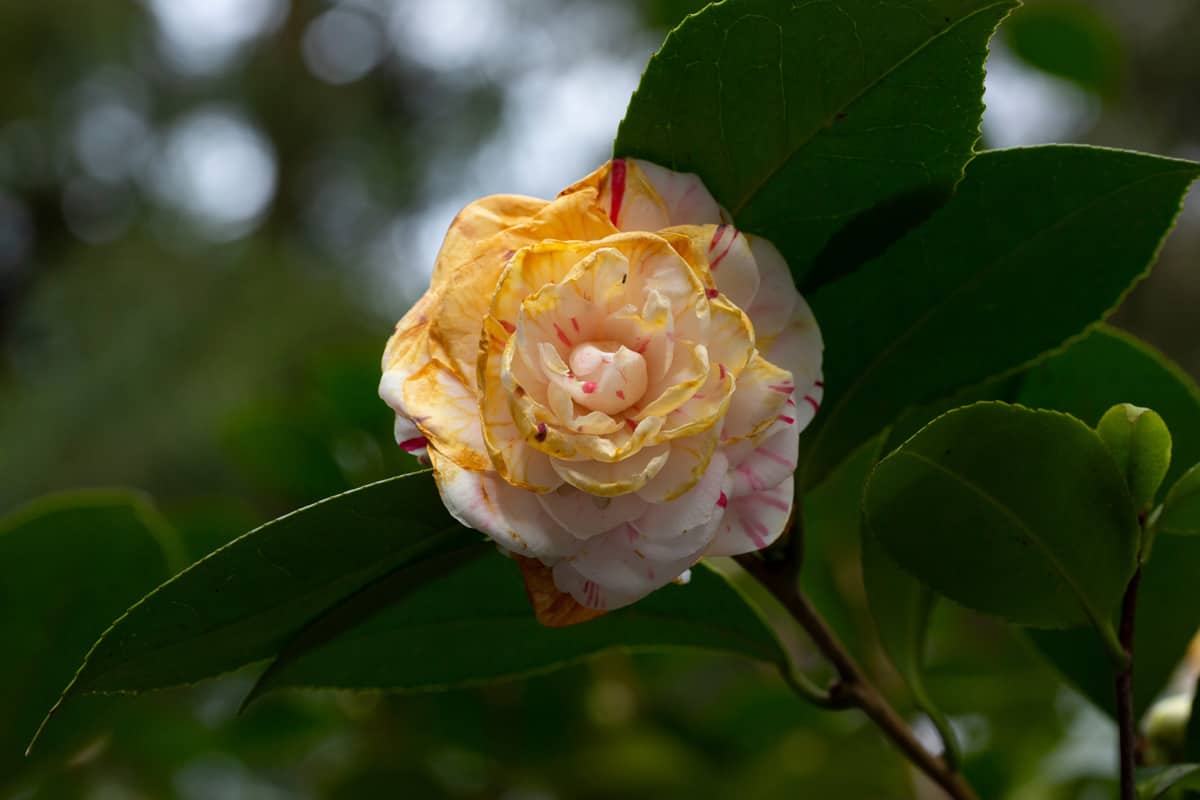
The telltale indicator that camellia are growing at the improper pH is a yellowing of the leaves. It indicates that the plant isn't getting enough iron and is caused by the high alkalinity in the soil.
Another reason for their yellowing leaves is when camellias receive too much water because the soil becomes permanently soggy. They are therefore less able to absorb nutrients and water. As a result, camellias become nutrient-deficient, and their leaves turn yellow.
You might save the plant by reducing watering and giving a leaf supplement. Water the camellia once a week to cure yellow leaves.
You can also simply prune the afflicted areas to cure this condition. If the camellia is in a pot, repot it into new ericaceous compost and feed the plant with ericaceous plant food.
See this link for a Fiddle Leaf Fig liquid fertilizer on Amazon.
In Closing
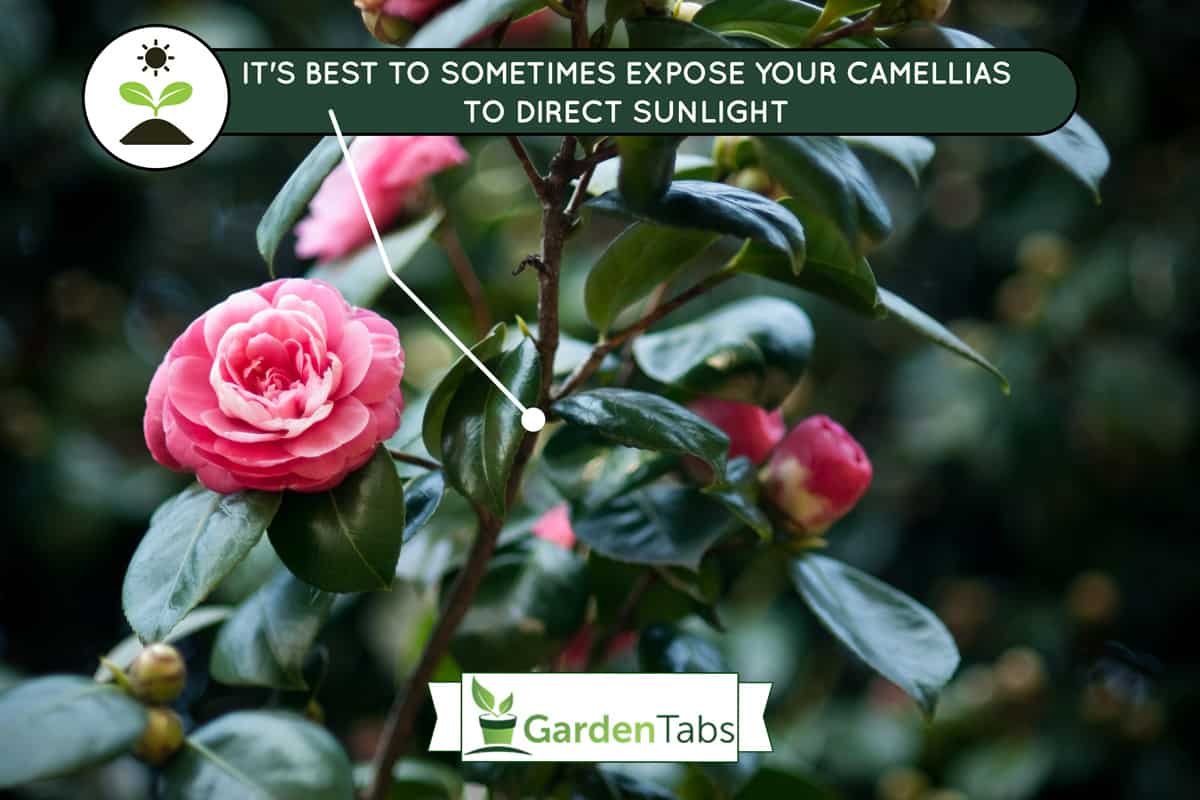
Camellias can tolerate more sun as they become older, and their canopy provides shelter for the roots. Camellias prefer moist, well-drained soil. Your need to maintain your camellia plant will be greatly diminished if you take the effort to grow this shrub properly.
Regardless of the camellia variety you select, you can have a lot of vibrant flowers bringing cheer to your home during the cooler months with a bit of care and attention.
When you want a camellia that will grow more tightly than regular camellias, try fall-blooming camellias, often referred to as Sasanqua Camellias. This type may increase to around 10 to 12 feet tall and wide. It will produce gorgeous, glossy, green foliage and enormous blossoms.
Also, if you are close to the coast, you might want to keep your camellias out of the way of high winds, because they cannot tolerate salt spray. Keep in mind that coastal regions are not the best places to plant camellias.
We hope you found our post about camellias helpful. If you feel inspired, you should check out these other related posts :





